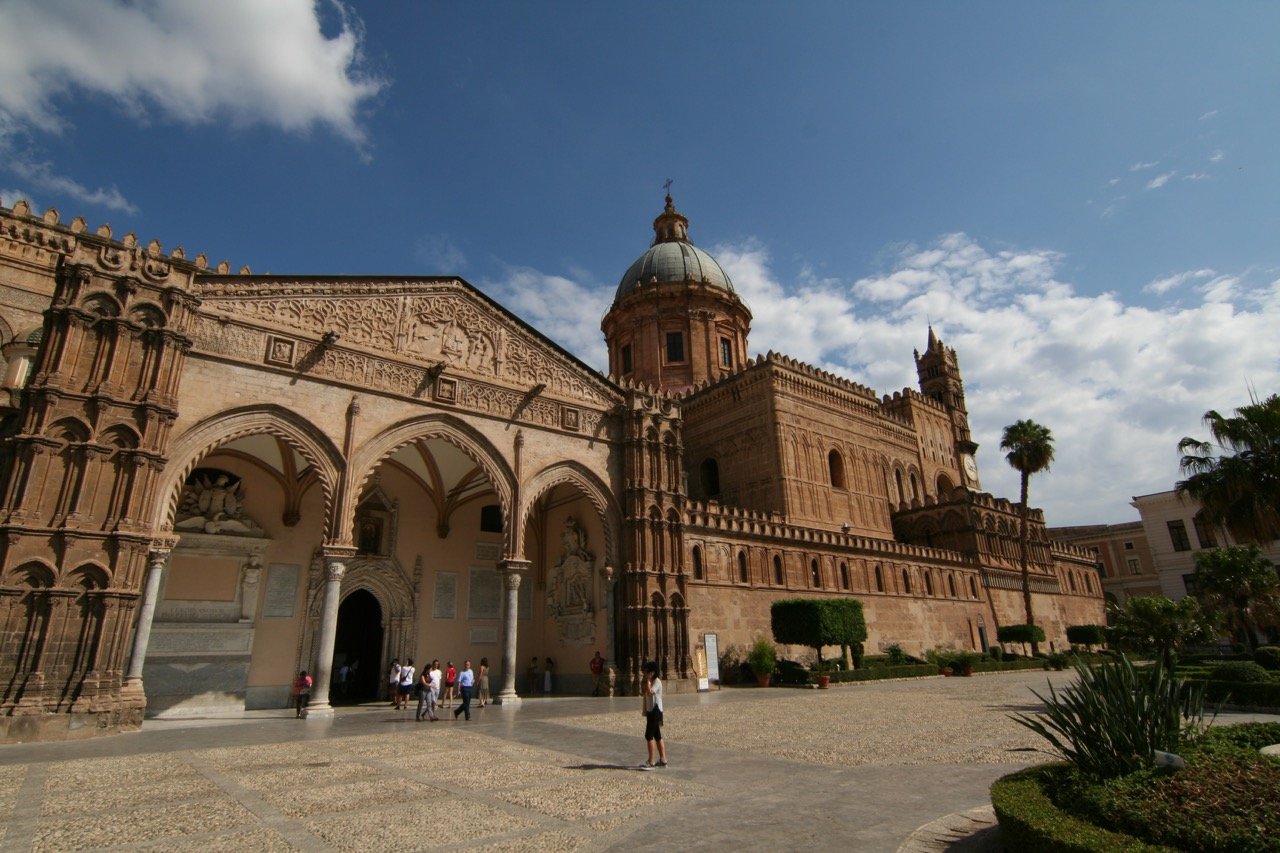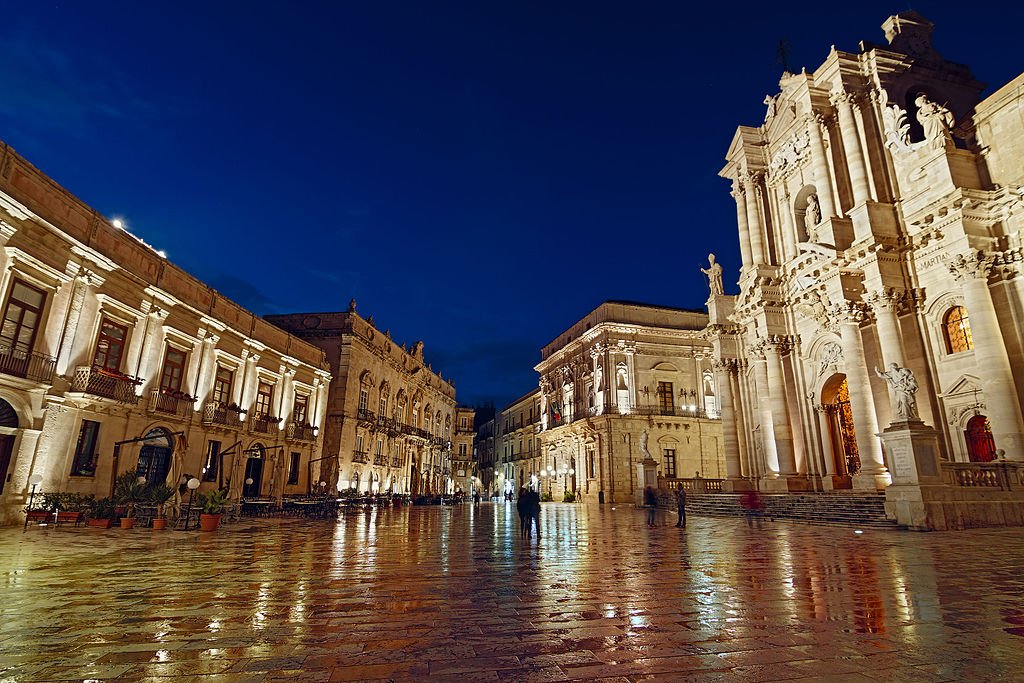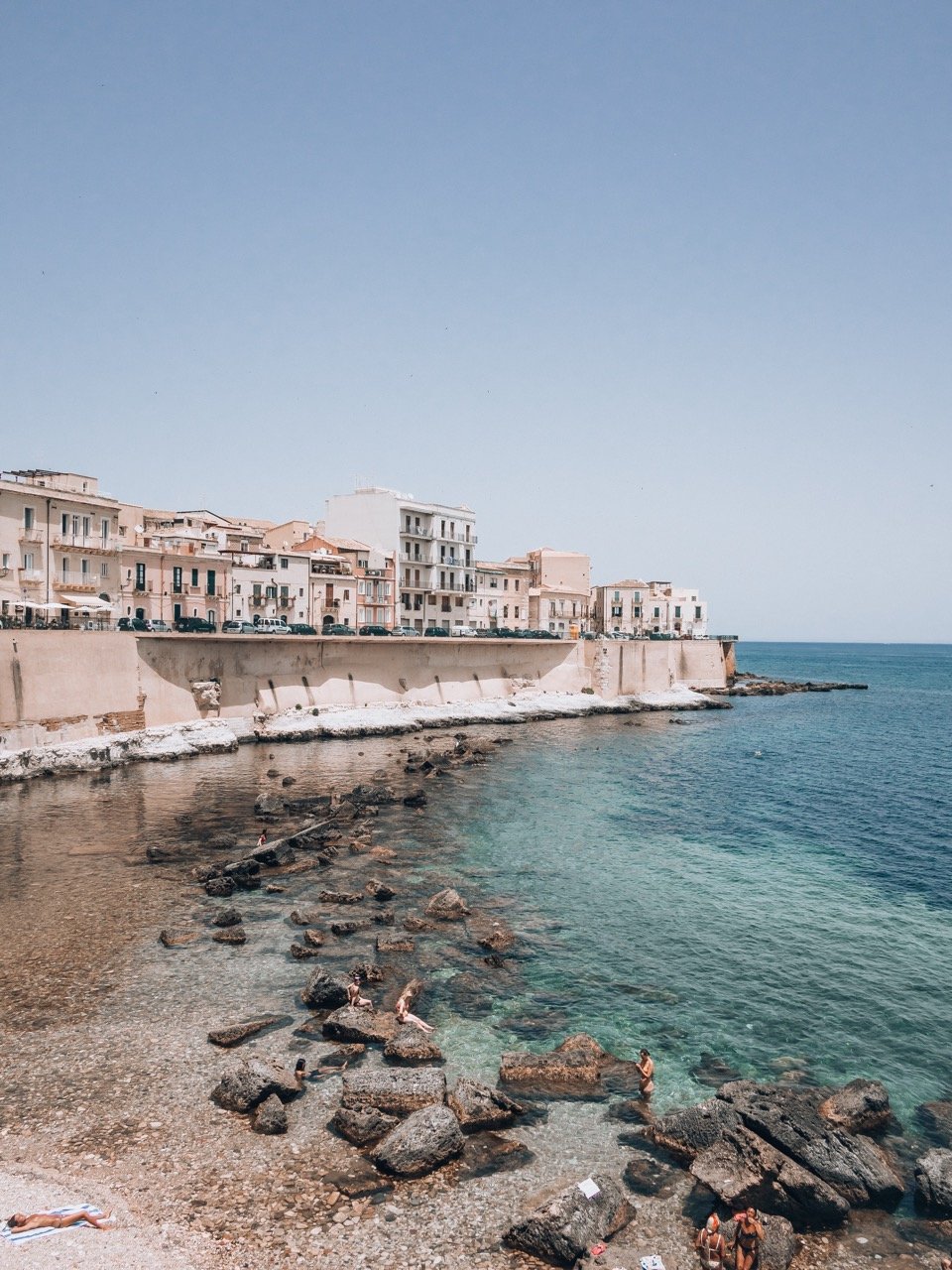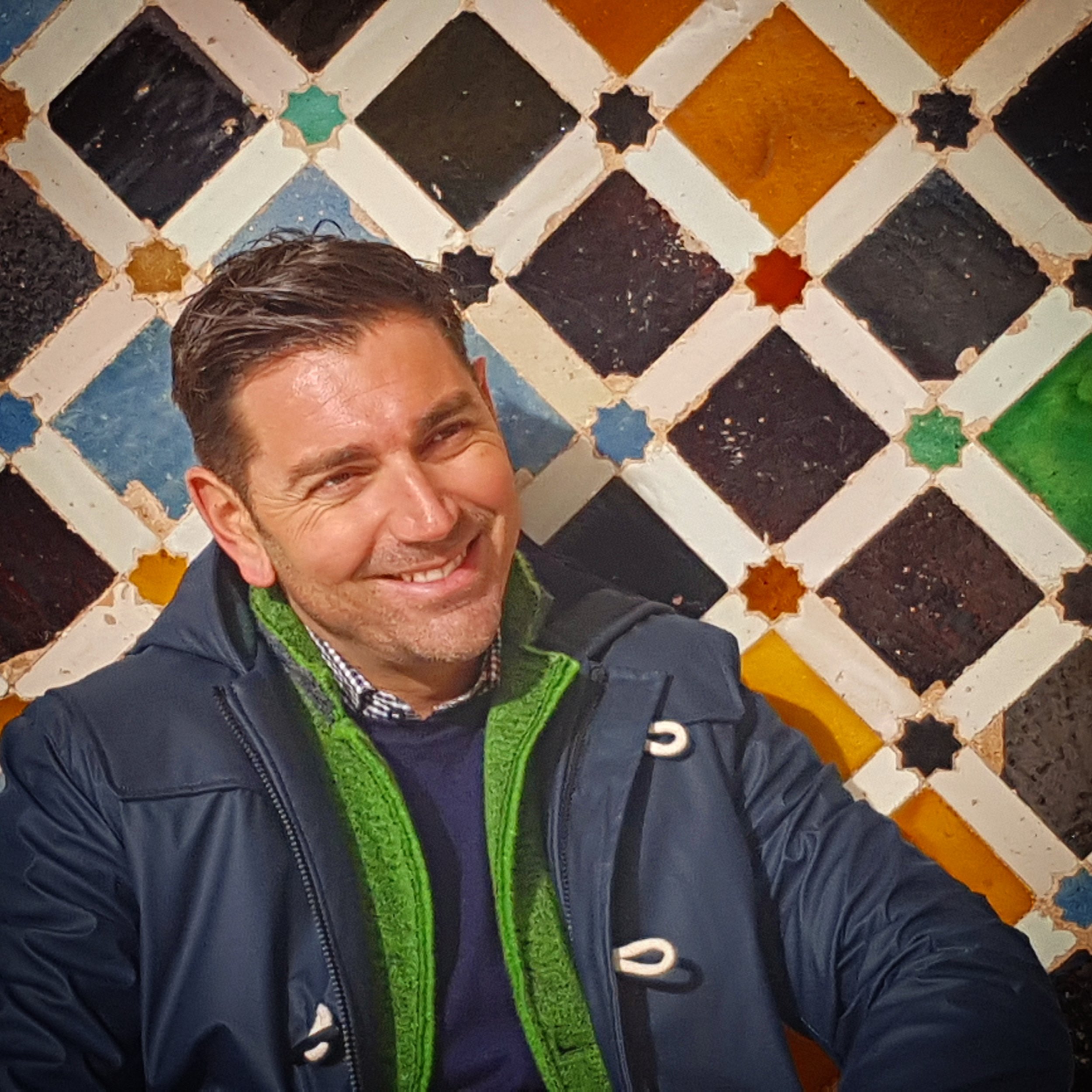Where to Go in Sicily - A Local's Guide
Affiliate disclosure: some of the links in this article are affiliate links. If you book using one of them, we’ll earn a small commission. All of our info is free to read and free of ads, so we appreciate it!
Sicily is the largest island in the Mediterranean and a place that has been fought over, conquered, and colonized by civilizations for milennia. From the Phoenicians to the Greeks and on to Arabs, Bourbones, and the Spanish, it has truly been at the crossroads of civilizations.
Today's Sicily, my home, is full of bustling cities, charming towns and villages, phenomenal beaches, rugged mountains and soaring volcanos, stunning Greek and Roman ruins, and a host of little archipelagos. There is a density of sights and attractions here that is simply unparalled.
All this is to say… there's a lot to see! So, this list is by no means a comprehensive guide to everywhere to visit, instead it's a mix of my personal favorites and places that I consider "must visits” for any first time visitor.
In time, perhaps some of them will become your favorites too!
Table of Contents


1. Palermo
Piazza della Vittoria in Palermo seen from atop the Cathedral
Palermo's Duomo
Palermo is Sicily’s buzzing and wonderfully chaotic capital, a place full of contrasts and faded glory. It has noble palaces, Baroque churches, hectic streets, souk-like markets, ancient golden mosaics, and modern art galleries. The restaurant scene is also terrific, and you'll find the best food in Sicily here.
It can be an overlwheming place at first and many travelers skip it altogether, just flying into the airport and then heading straight to their next destination. This is a shame as no visit to Sicily is complete without seeing - and experiencing - Palermo.
Using Palermo as your base, you can easily plan half-day or full-day trips to places like the pretty town of Cefalù, the stunning cathedral in Monreale, the Madonie mountains, and coastal towns like Mondello, Terrasini, Castellamare del Golfo, and San Vito Lo Capo (though this one starts to get rather far).
For more info, see our guide to Palermo.
2. Catania
Catania with snow-capped Mount Etna on the horizon. Photo: Dariolp83, CC BY-SA 4.0, via Wikimedia Commons
Catania's Duomo at the end of a busy street
A busy market in central Catania
Brimming with history, culture, architecture, and a buzzing nightlife scene, Catania is a fantastic place to spend a few days in Sicily, especially if you’re on a longer trip.
The city, sitting in the shadow of the Mount Etna, has been shaped for centuries by the presence of this active volcano, including in its architecture, with many buildings built from dark, volcanic stone. Although not as physically pretty as the nearby towns and cities of the Val di Noto, Catania is also a Baroque gem.
A busy place and a real city, with a population of 300,000, Catania is not dependent on tourism and you can feel that when you arrive. Sure, people visit, but it's not a "tourist town".
It's not as “easy” to visit as some of the more touristic places on this list and you need to come with an idea for what you want to do, but it has an energy and authenticity that makes it a very interesting stop. Its fish markets are busy, its food is excellent, and its lively bar scene is a welcome change from the sleepy nightlife you'll find in most places.
It's also easy to visit Taormina, Etna, Piazza Armerina, and the "Riviera dei Ciclopi”coastline all as day trips.
Read more in our guide to Catania.
4. Taormina
Piazza IX Aprile, Taormina's main square
Taormina's iconic Greek theater
Isola Bella beach below town
Founded by the Greeks and then dominated by many different peoples since (much like the whole of Sicily), Taormina first became a popular tourist destination in the 18th century.
Since then, it has served as a ritzy holiday destination for nobility in the 1920’s and 30s, then for movie stars in the 50s and 60s, and today for just about everyone! It continues to be an unmissable stop where you can get a taste for the Sicilian dolce vita (good life).
The town itself is quite pretty, it has a lovely beach below it at Isola Bella, and its Greek amphitheater is among the most iconic places on the island. It's also a good base from which to visit Mount Etna, Giardini Naxos, and Catania.
For detailed info on planning a visit, here's our guide to Taormina.
5. Mount Etna
Snowcapped Mount Etna with Catania and its coast below
Her Highness, Mount Etna, (yes, for locals it’s female!), is an absolutely unmissable place in Sicily. Europe’s highest volcano and a UNESCO-listed site since 2013, its slopes offer a surprisingly big variety of things to do.
Although must people just come on quick tours to summit the volcano and see a few craters, the volcano is enormous and it offers an amazing variety of landscapes – from volcanic desert to lush forests. Those looking to get outdoors can go hiking, mountain biking, horseback riding, and skiing and snowboarding (in winter, of course). There's also good rock climbing and cave systems to explore.
Wine lovers have the added treat of getting to sample unique, mineral-heavy wines at the more than 100 vineyards that line the volcano's slopes, many of them with fantastic views.
Here's our guide to visiting Mount Etna.
2. Reserva Naturale dello Zingaro
A beach in the Zingaro Nature Reserve. Photo: René Bongard, CC BY-SA 3.0, via Wikimedia Commons
Another beach in the reserve
Sicily‘s first protected area, the Zingaro Nature Reserve is a slice of coast near to the town of San Vito La Capo (another must-visit place), about 1.5 hours west of Palermo
The reserve has a wonderful 7-km-long coastal path that offers superb views over the sea, with paths leading down to enchanting beaches and secret coves.
While visiting, be sure to seek out the following beaches: Cala Tonnarella dell’Uzzo, Cala Marinella, Cala Berretta, Cala della Disa, Cala del Varo, and Cala Capreria. You’ll find no roads and no cars here, just the sound of the wind and the waves.
6. Aeolian islands
The island of Stromboli. Photo: Carsten Steger, CC BY-SA 4.0, via Wikimedia Commons. Cropped from original
The coastline of Salina island
The Aeolian islands are a seven-island archipelago just off the coast of Milazzo in Sicily’s north.
Here you'll find sapphire-blue waters, rocky beaches, pristine nature, ample opportunity for hiking, great boat trips, and a slice of Sicily that really looks like nowhere else. Because the main islands are close together, you can easily spend a few days island-hopping between them.
The island of Stromboli is great if you’re keen on a volcanic adventure (I mean that quite literally) and hikinh, Salina is ideal if you’re looking for relaxation, Panarea offers a glitzy atmosphere and is a favorite among celebrities, and Alicudi is a place to truly "get away from it all".
Some of the islands are car free and blissfully untouristed while others, like Lipari, are actually rather heavily developed.
Read more about the islands in our guide to the Aeolian islands.
7. Siracusa & Ortigia
Piazza Duomo, Ortigia's main square. Photo: Dario Giannobile, CC BY-SA 4.0, via Wikimedia Commons
Ortigia and its beach
The coast near to Syracuse
Siracusa (Syracuse) was the most important city of Magna Graecia, Greece's network of colonies that existed throughout southern Italy during Antiquity, and was once home to that most famous of ancient scientists and inventors, Archimedes! Today, it's a beautiful seaside Baroque jewel with well-preserved Greek ruins.
When visiting, you’ll discover that there are two Syracuses: the mainland, where the Greek soul persists, and the small island of Ortigia, where the Baroque explodes and the modern Sicilian soul pulses all around you.
Near to other lovely cities like Ragusa and Noto, this part of Southeastern Sicily also has lots of good sandy beaches.
Have a look at our guide to Siracusa for advice on visiting.
8. Noto
Noto's Cathedral
Although it is a splendid Baroque jewel - perhaps the best example of late Baroque style in all of the Val di Noto - and a popular stop for tourists, Noto is still a sleepy, small city that retains its authenticitiy.
It's also known as the Garden of Stone due to its many churches, noble palaces, flamboyant Baroque balconies, and bell towers. At sunset, the city works a special type of magic, coloring all its buildings gold.
You only need a few hours to visit, but it also makes for a pleasant base from which to explore nearby cities like Ragusa, Syracuse, and Modica.
For more info, see our guide to Noto.
9. Ragusa (and Scicli & Modica)
Ragusa as night falls
Modica. Photo: Ludvig14, CC BY-SA 4.0, via Wikimedia Commons
Scicli. Photo: trolvag, CC BY-SA 3.0, via Wikimedia Commons
In the lovely Val di Noto, like Syracuse and Noto which I've just mentioned, Ragusa is another gorgeous Baroque city. Split into two separate cores - Ragusa and Ragusa Ibla (the old town), this is a must-visit for anyone passing through Southeastern Sicily.
Within a 30-minute drive of the city you can also reach the lovel Baroque towns of Modica and Scicli as well as the splendid Donnagugata Castle. Although the city is inland, it's just a quick drive to the coast, and the beaches here are among the best in Sicily.
Fans of the book and TV series “Inspector Montalbano” will particularly enjoy this area as much of the series was filmed in and around these towns.
We have guides to Ragusa, Modica, and Scicli if you'd like to learn more.
10. Favignana
Favignana town and marina seen from above. Photo: Giulia C., CC BY-SA 2.0, via Wikimedia Commons
An outdoor bar
Idyllic Favignana
A view over Cala Rossa bay. Photo: Arcona B&B, CC BY 3.0, via Wikimedia Commons
The butterfly-shaped Favignana is the largest among the Egadi islands (Aegadian in English). It lies just off the mainland and is easy to acces from the city of Trapani via a 45-minute hydrofoil ride.
It's a much-loved destination for swimming (and diving) in turquoise waters like at the excellent beaches of Cala Rossa and Cala Bue Marino. Because it is small, mostly flat, and has limited traffic, it's a great place to rent a bike and cruise around, stopping wherever suits your fancy. You can also hike up to the Castello di Santa Caterina, a 15th-century fort.
The island has a nice little town with good accommodation options as well as lots of restaurants serving great seafood.
Part of what makes Favignana (and the Egadi islands in general) so special is that despite being so close to the mainland, they remain largely unknown to foreign visitors. Mass tourism and overdevelopment has not come for them (yet), making them an idyllic, yet accessible summer retreat.
Read more about Favignana (and the other islands) in our guide to the Egadi islands.
11. Villa Romana del Casale
A mosaic floor at Villa Romana del Casale. Photo: bradhostetler, CC BY 2.0, via Wikimedia Commons
Villa Romana del Casale is a UNESCO-listed ancient Roman villa in the town of Piazza Armerina, located in the hills of inland Sicily. It houses a collection of some of the best-preserved Roman mosaics in the entire world.
The villa's multicolored mosaic floors extend for over 3,500 square meters, containing famous pieces like the “Bikini Girls” and the huge “Grande Caccia” scene.
If you're driving between Eastern Sicily and Agrigento/Valley of the Temples (or vice versa) Piazza Armerina is only a slight detour. It's also easy to combine with a visit to nearby Caltagirone.
12. Erice
The view of the coast from hilltop Erice
An alleyway in town
Erice's castle
Hilltop Erice is a medieval village in Western Sicily that looks out over the city of Trapani and its coastline. The town can be accessed by car, or for something a little different, a lovely funicular ride.
Surrounded by walls and with a castle looing overhead, Erice has a slightly fairy tale-esque feeling, especially if you're here on a day when typically thick fog (known locally as "Venus’ embrace”) hangs over town. No matter the weather, wandering through the cobbled streets and tight alleyways, always surrounded by stone buildings, feels like stepping back in time.
Although fairly far from Palermo (1.5 hours), day trips to Erice are quite common, typically also including visits to the Greek temple at Segesta and either the beaches of Trapani or its saltpans.
Learn more in our guide to Erice.

13. Marsala and Trapani: the Salt Road
Windmills and salt pans outside of Marsala
Trapani. Photo: Andrea Schaffer from Sydney, Australia, CC BY 2.0, via Wikimedia Commons
A beach in the Monte Cofano nature reserve near to Trapani. Photo: Jos Dielis, CC BY 2.0, via Wikimedia Commons
The so-called “Salt Road” is a long series of salt pans (locally called saline) that unfold on Sicily's western coast between the cities of Trapani and Marsala. At sunset, the pools glimmer in the sun and change color from yellow to rosy pink. Pretty windmills dot much of the terrain. Off the coast of the salt pans is the fascinating Isola di Mozia island, home to a wealth of Roman archaeological remains.
Although many visitors come just to see the salt pans and maybe taste marsala wine in Marsala, the area is relatively overlooked by international tourists.
Nearby, the beaches of Scopello, San Vito Lo Capo, and Castellamare del Golfo are perenially packed with visitors, yet Trapani and Marsala offer access to the same wonderful beaches (and more) with a fraction of the crowds and much better accommodation prices.
In general, I prefer Trapani as a base as its location is more convenient for exporing western Sicily, the Aegadian islands, and good beaches.
If you're interested in visiting, have a look at my guide to Trapani and guide to Marsala.
14. Segesta
The theater of Segesta overlooking the countryside below
Segesta was an important 7th-century trading town founded by the Elymians, a pre-Greek people. Its absolute showstopper is the majestic Doric temple, which pops up out of nowhere amongst the surrounding fields. On windy days, its 36 columns play like a musical instrument, producing eerie sounds.
The Greek theater, dating back to the 3rd century BC, still hosts classical and modern plays. In Summer, you can attend a play at sunrise - magical!
15. Valley of the Temples
One of many temples within the Valley of the Temples
The ancient Akragas (now Agrigento) was a powerful Greek city with 300,000 inhabitants and it was far larger than even Athens at the time! Today, the impressive Unesco-listed Valley of the Temples archeological site testifies to this ancient glory. The site has the best-preserved temples outside of Greece.
Strolling through the Valley means marveling at your surroundings at every single step. Admire the ruins of the temple of Hercules, the huge Zeus sanctuary, and the still-intact Concordia temple.
16. Caltagirone
Ceramic tiles lining the steps of the Santa Maria del Monte staircase in Caltagirone
The town of Caltagirone is well-known for its ceramics, a millennia-long tradition in this area. You can see artisans at work and majolica artwork all around the city – especially the 142-step staircase rising from Piazza del Municipio to the church of Santa Maria del Monte. Every step is ceramic-inlaid!
You can also take a lesson in one of the many workshops around the city and have your art sent home.
18. Marzamemi & Vendicari Reserve
Fishing boats in Marzamemi's marina
The remains of the tonnara (tuna fishery/factory) inside the Vendicari reserve
Trattoria la Cialoma in Marzamemi's main square
In a lovely little corner of the southeast near to Noto, you have the Vendicari Nature Reserve, home to some of Sicily's most pristine beaches, and the charming fishing village of Marzamemi, home to an iconic and very picturesque piazza that is surrounded by a Prince’s palace, a former tonnara (tuna processing plant), two tiny churches, and lots of restaurant and cafes.
19. Lampedusa
Spiaggia dei Conigli on Lampedusa
Cala Tabaccara bay. Photo: Luca Siragusa, CC BY 2.0, via Wikimedia Commons
Actually closer to Tunisia than mainland Sicily, Lampedusa is one of three islands that comprise the Pelagie archipelago (the other two are Linosa and Lampione).
It is the largest of the three islands and an absolute slice of paradise. It is a delightful place to explore by boat, on foot, or by bike. Of course, the main activity to engage in is swimming, and you'll probably find yourself never wanting to do anything else!
Boat trips to Cala Tabaccara glide over impossibly crystaline waters, you can diveat Cala Pulcino, or follow the path to the most scenic beach in the whole of Sicily, Spiaggia dei Conigli.
Because the islands are remote, your only access is via an overnight ferry from Porto Empedcole (near to Agrigento) or via flight from Catania or Palermo.
20. Gole dell’Alcantara (Alcantara Gorges)
The Alcantare gorge. Photo: Eleassar, CC BY-SA 4.0, via Wikimedia Commo
This impressive canyon was carved over centuries by the Alcantara River as it coursed through basalt rocks. If you’re seeking an adrenaline rush, this is the place to get it: you can body raft along the cold waters of the river.
Whether you choose to raft the river or not, you can also walk 3 kilometers into the gorge (it’s 6 km in total, but the last three are impassible). If you’re brave enough, take a dip! The water barely reaches 45° F, so be prepared for a chill.
21. Nebrodi Mountains
The green mountains of the Nebrodi park
The Parco dei Nebrodi, which is made up of the Nebrodi Mountains, is a natural oasis where wild nature and lush greenery rule over 80,000 hectares. Northwest of the city of Messina, it’s Sicily’s largest protected area and encompasses a variety of flora, fauna, and breathtaking landscapes.
Hike among its beech forests, climb rock faces, and reach the summit of Monte Soro to enjoy a panoramic view as far as the Aeolian Islands.
More Sicily travel info
For more advice on planning your trip to Sicily, check out some of our other guides and itineraries!
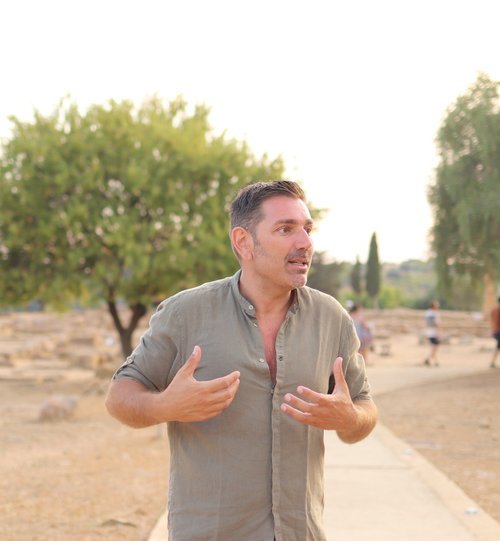

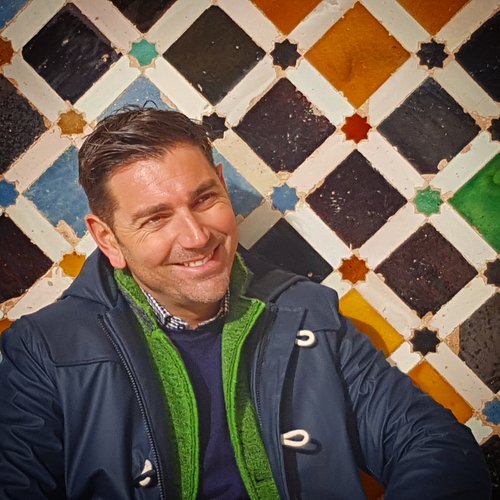
Connect with a Local Expert





